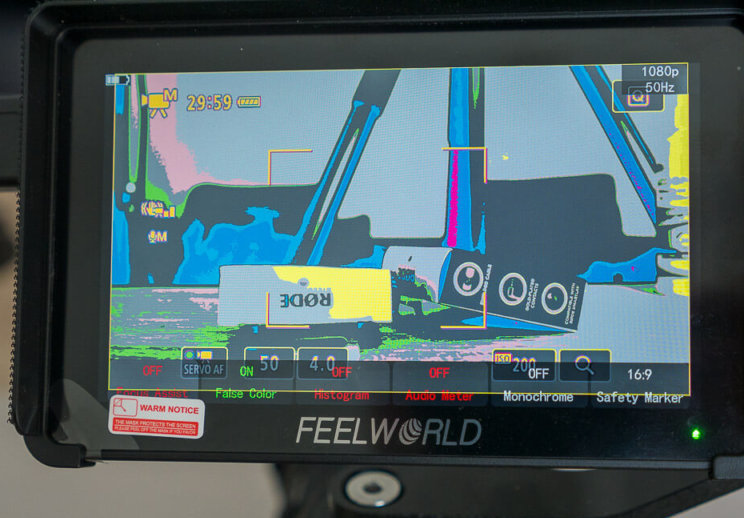Manual focussing useful or required
In times of more and more improved auto-focus systems the question about manual focussing an image may sound old scholl, but in some cases it can make sense.
Introduction
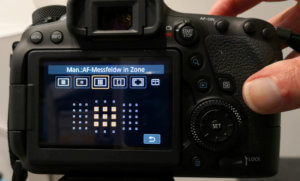 Most modern cameras have a manual selection of the focus field(s) to be used for the capture, mostly via touch screen or with a joystick or something similar. Of course there are differences in the number of AF fields and how much they will cover the image frame. Too me the switch from the Canon 5D MK II to the Canon 6D MK II was an improvement, even though this camera model was heavily criticized because not coveríng the full-frame with the AF fields.
Most modern cameras have a manual selection of the focus field(s) to be used for the capture, mostly via touch screen or with a joystick or something similar. Of course there are differences in the number of AF fields and how much they will cover the image frame. Too me the switch from the Canon 5D MK II to the Canon 6D MK II was an improvement, even though this camera model was heavily criticized because not coveríng the full-frame with the AF fields.
Considering the different AF-modes (Eye-AF,object tracking) we can state that auto foucs systems work pretty good. Of course there are differences in the technical implementations which are the reason for one auto-focus system might be faster than another or better for video.
MF necessary
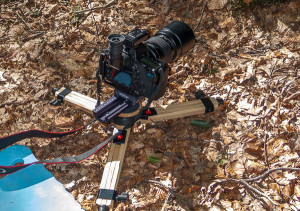 There are mainly 2 reasons for not using auto focus systems. One is when its simply too dark so that the AF system can find the focus for the main object, even though the manufactureres are constantly developing AF systems which are able to operate in very dark environments.
There are mainly 2 reasons for not using auto focus systems. One is when its simply too dark so that the AF system can find the focus for the main object, even though the manufactureres are constantly developing AF systems which are able to operate in very dark environments.
The other reasons is adapted lenses. This could be either older manual lenses or special Cine lenses or in combination with extreme close-up and macro photography when you use a bellows. In this case the foucs is set using the focussing rail.
Apps as a support
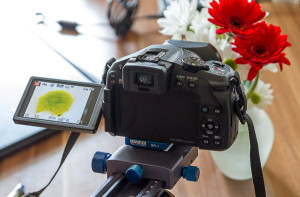 A couple of years ago angle viewfinders were used for close-up and macrophotography. Those viewfinders sometimes offered a 2,5x magnification for precise fosussing. Today we mainly use Liveview on modern DSLR cameras for this purpose, where Liveview can be used up to a 10x magnification for precisely hit the focus point. Since the cameras displays a pretty small you can use a tablet or a smartphone as an external monitor and the use of an app fitting your camera model.
A couple of years ago angle viewfinders were used for close-up and macrophotography. Those viewfinders sometimes offered a 2,5x magnification for precise fosussing. Today we mainly use Liveview on modern DSLR cameras for this purpose, where Liveview can be used up to a 10x magnification for precisely hit the focus point. Since the cameras displays a pretty small you can use a tablet or a smartphone as an external monitor and the use of an app fitting your camera model.
I used DSLRController for a very long time to capture stacks and timelapse sequences. With the Lumix cameras i use GSimpleRelease, While DSLRController is available for Android only GSimplerelease is also avaialbale for iOS.
External monitor
For precise focussing als an external monitor can used, which displays the content of the camera display via HDMI. For example the FeelWorld MA5 is a small and portable HDMI monitor.
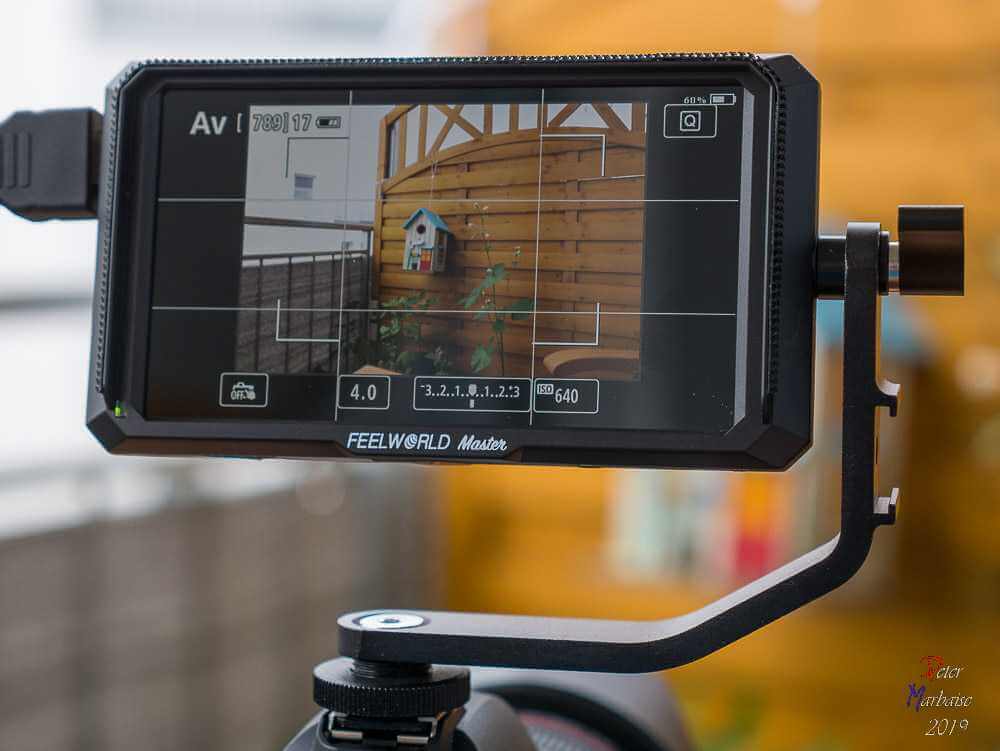 But we’re talking mainly about video captureing because those monitors are for viewing only and the do not allow to operate the camera in any way. Meanwhile i switched to the FeeldWorld FA6+ monitor which is a touch display and more convinient.
But we’re talking mainly about video captureing because those monitors are for viewing only and the do not allow to operate the camera in any way. Meanwhile i switched to the FeeldWorld FA6+ monitor which is a touch display and more convinient.
Almost all of these monitors support focus peaking to make easier to find the right focus point.
Follow Focus systems
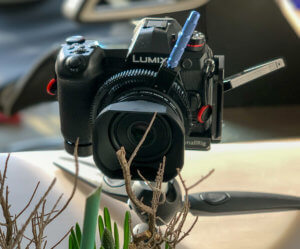 Follow-Focus systems are used in videography where a rack-wheel will change the focus. Those systems even more simple systems for amateurs will cost a couple hundred euros since we need an extra rig for the camera. Just to test this out i ordered some follow-foucs rings which are wrapped arround the focus ring of the lens. The focus is changed very simple with the leverage which is easier than doing the same operations on the lens itsself. But i doubt this will work out on a moving object.
Follow-Focus systems are used in videography where a rack-wheel will change the focus. Those systems even more simple systems for amateurs will cost a couple hundred euros since we need an extra rig for the camera. Just to test this out i ordered some follow-foucs rings which are wrapped arround the focus ring of the lens. The focus is changed very simple with the leverage which is easier than doing the same operations on the lens itsself. But i doubt this will work out on a moving object.
Conclusion
There are many situations where manual focus is either sueful or even necessary. I’ll use manual focus on macro and close-up photography and for focus stacking. For photography i own a fully manual lens now and have to get used to it and focus with the help of focus peaking. But also in landscape photography it can be helpful to manual focus with the support of a magnified Liveview.
ciao tuxoche
